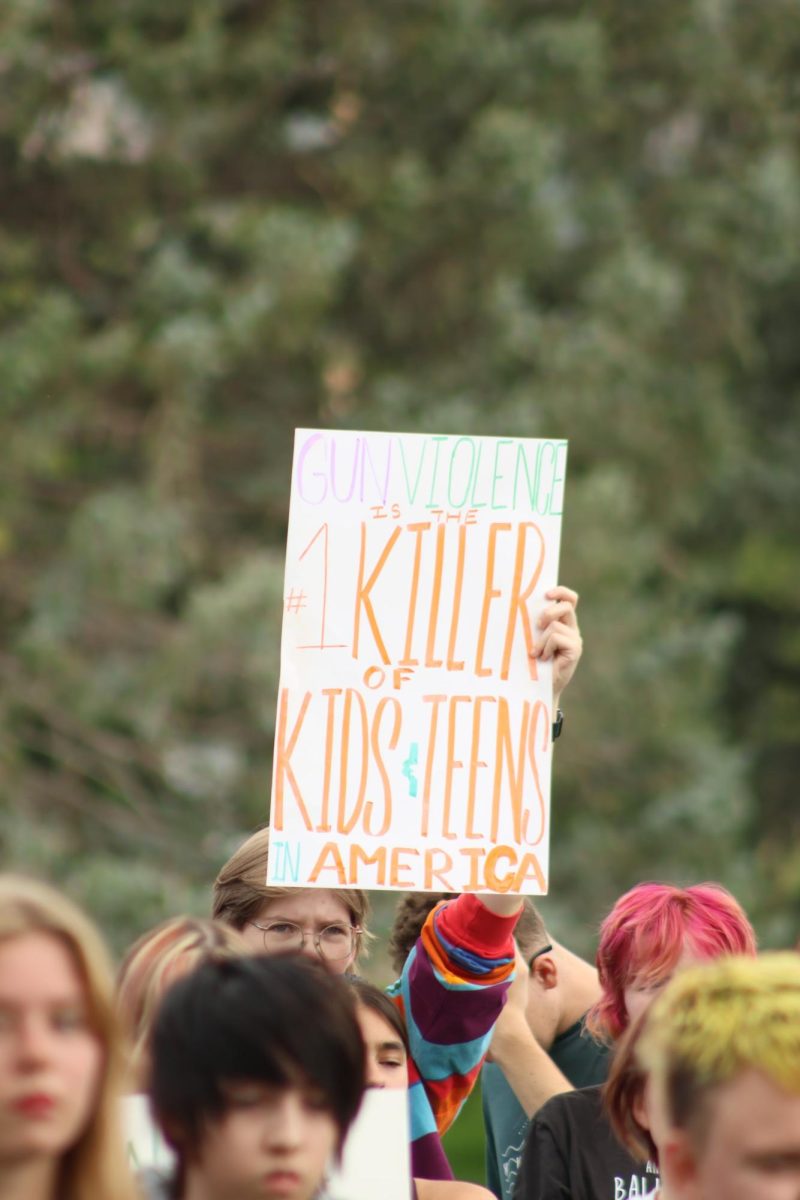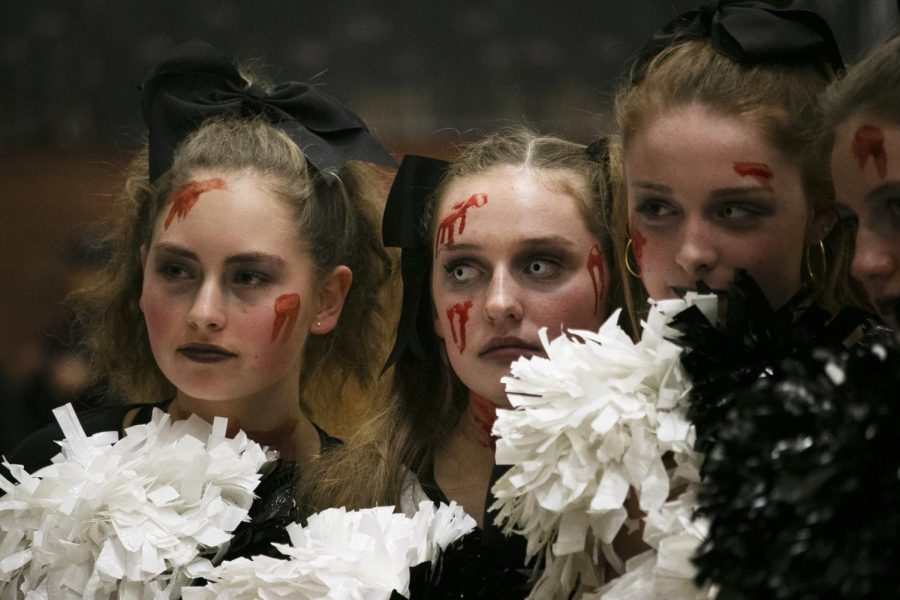Peer Pressure Is Now Global Thanks To Social Media
The need to be part of a group makes peer pressure a real challenge for teens, even digitally.
October 19, 2022
Peer pressure used to be something that was confined by walls. At school, kids have a much more obvious experience with their peers pressuring them to do things they may not want to do. But times have changed.
Peer pressure is something that everyone has dealt with. When most people think of peer pressure, they think of the type of peer pressure seen in movies, very up front. But a lot of times it can be a lot more subtle and harder to see.
Peer pressure has changed quite a bit as social media has become more present in teens’ lives. Things like fashion trends and chain mail can all be forms of peer pressure through the internet.
“When I was a kid our peer pressure was mainly verbal, and very confrontational,” Highland biology teacher Nancy Wright said. “Now it is very much online, removed.”
Teens now have a very expansive form of peer pressure especially compared to when their parents were their age. Adults now had more local peer pressure when they were little, but kids now are getting it world-wide and it can come from anyone.
Many kids do not even know if they are being peer pressured. They often believe that they made the choice on their own. This is because of how subtle peer pressure is now and it is often able to be covered up by making kids think it was them.
“I feel like there are a lot of subconscious impressions,” junior Amelia Sogard said. “You start dressing like the people you’ve seen on social media and the next thing you know you’ve been influenced by social media.”
Humans naturally try to fit in with the people around them, even if it is subconscious. This is called conformity in psychology. It can be as simple as feeling sad simply by being near another person who is feeling sad.
Peer pressure is seen throughout all age groups, but the most people see it is with teenagers.
“Teens feel a lot more vulnerable because their bodies are changing, and hormones are changing,” Highland AP psychology teacher Ted Sierer said. “The idea of finding an ‘ingroup’ is really important.”
People tend to try to find something that is safe and comfortable for them. This is why people want to conform to the others around them so much.
“Even if it is not for the right reasons, we like to think that at least someone is letting us hang around and we have a place,” Sierer said.
While teenagers experience it more because of their hormones and feeling a bit out of place, peer pressure can happen to anyone, anywhere. Anyone of any age group who is feeling alone or isolated is more likely to experience peer pressure more severely.
“Sometimes little kids are just egocentric and will do what they want anyway,” Sierer said. “And older people generally have established who they are a little bit more and are more comfortable in their skin.”





























